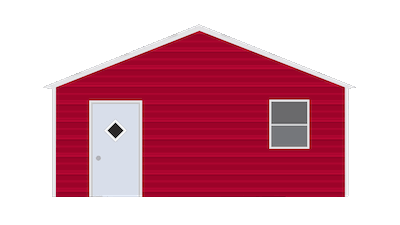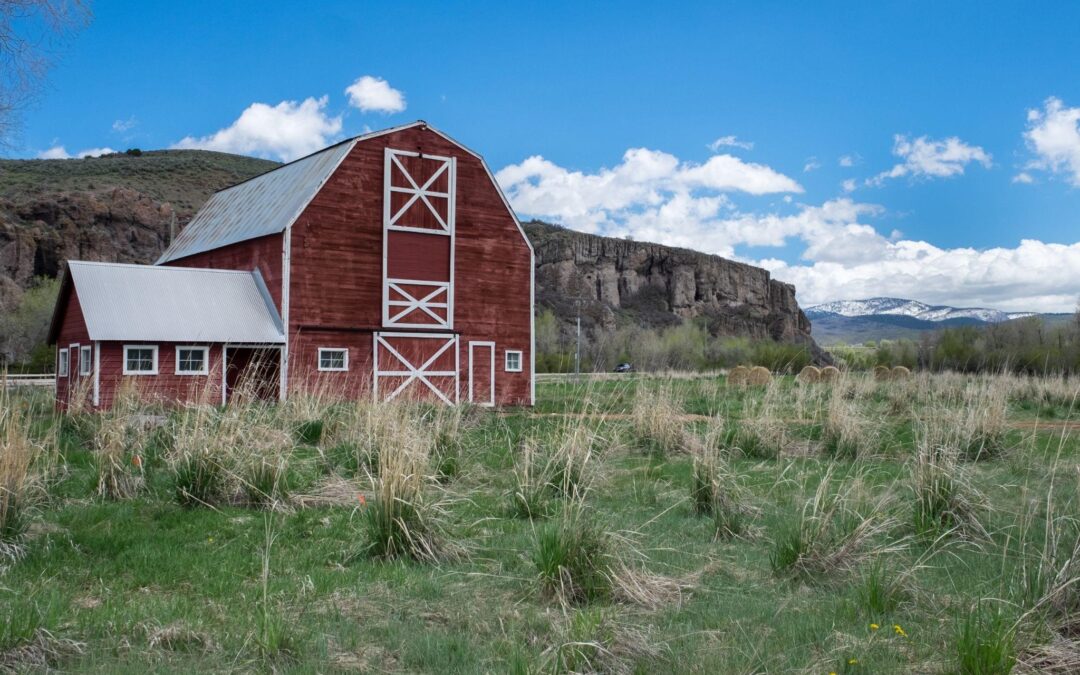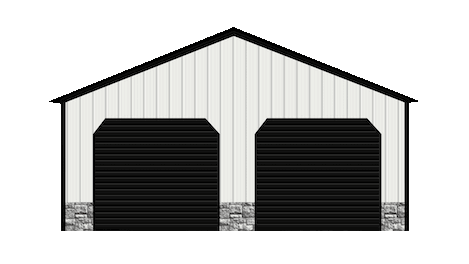Designing a metal barn is an exciting endeavour that requires detail and careful planning as well as consideration of several components to ensure the functionality, durability, and efficiency of the structure. There can be different purposes for building a metal barn such as storage solutions or agricultural operations, and each element of design plays a vital role in the overall success of the project.
This detailed blog will explore five essential features to consider when designing your metal barn. From structural integrity and ventilation to lighting, accessibility, and flexibility, each contributes to building a secure, comfortable, and productive environment for both animals and workers. By understanding and navigating these key features, you can lay the foundation for successful metal barns that meet your particular needs and stand the test of time.
Purpose of Designing Metal Barn
The major purpose of designing a metal barn contains several key objectives that are planned to fulfil the various needs of agricultural operations and livestock management. Metal barns offer a protective shelter for livestock, equipment, and agricultural supplies. The barn serves as a safe and secure environment from dangerous weather conditions like rain, snow, or extreme temperatures. They also support several agricultural activities like processing and crop storage, as well as providing a specific location for these operations.
Metal barns are designed effectively to be versatile and adaptable to accept changing requirements and develop agriculture activities. They can be easily customised with features such as modern components that allow easy expansion, removal of sections, and adjustable stalls according to the growth of the operation. The whole purpose of designing a metal barn according to you is to create a more functional and efficient steel building that not only meets requirements but exceeds expectations and provides a safe and comfortable space.
Essential Features
Structural Integrity
The structural integrity of a metal barn is essential for its longevity and stability, as it ensures the building is designed to withstand any specific environmental conditions in a particular location. This includes factors such as wind, snow, and bad weather activity, which can vary depending on the location of the barn. By prioritising structural integrity, you can create a strong and durable building that provides reliable protection for livestock, tools, and other valuable assets housed within. Selecting high-quality steel materials will provide sufficient thickness to the structure that offers strength and durability.
Ventilation and Airflow
Ventilation and airflow play a vital part in developing a healthy and comfortable environment inside an element barn. Without proper ventilation, humidity buildup, heat use, and poor air quality can lead to rust and declaration issues. To ensure optimal ventilation and airflow within the barn, several crucial considerations should be taken into account. This natural ventilation system helps regulate temperature and moisture situations inside the barn as well as produce a more comfortable environment for both creatures and workers. Proper ventilation and airflow are essential for maintaining a healthy and productive environment inside a barn. By incorporating features similar to range reflections, and strategically deposited doors and windows, along with proper privacy and sealing, optimal airflow can be achieved, promoting the well-being of the structure and perfecting overall barn performance.
Lighting
Acceptable lighting is essential for the safety and productivity of both creatures and workers inside the barn. Incorporate natural lighting sources similar to skylights or transparent panels in the roof to reduce reliance on artificial lighting during the day. ensure that energy-effective LED institutions are strategically placed to throw uniform light distribution throughout the barn. These features allow natural sun to access the interior space, furnishing great description while minimising energy consumption. By employing natural light, you can produce a more comfortable and inviting environment for both creatures and workers, promoting a sense of well-being and reducing stress. By combining natural lighting sources with energy-effective LED institutions, you can produce a comfortable and effective environment that meets the requirements of your agricultural operation while minimising energy consumption and operating costs.
Accessibility
Accessibility is an essential consideration when designing a barn to ensure perfect functionality and accommodate the developing requirements of agricultural operations. It encourages smooth operations and reduces dislocations similar to designing doorways and corridors wide enough to allow large ministry and animals to enable easy movement within the installation. In addition to availability, designing for flexibility and expansion is essential to future evidence in the barn and accommodate assumed growth. Incorporating features similar to removable panels, partitions, or modular construction styles allows for easy reconfiguration and adaptation to changing requirements over time. By optimising availability, streamlining workflow, and planning for unborn expansion, growers can produce a custom steel structure and flexible installation that supports their agricultural enterprises for times to come.
Flexibility and Expansion
When designing a barn, it’s essential to consider not only your current requirements but also expect unborn conditions and assumed growth openings. flexibility and the severity are crucial factors to ensure that your barn can evolve along with your agriculture operation. One way to achieve this is by incorporating features that allow for easy revision and customization, similar to removable panels or partitions, malleable booths, or modular construction styles. Including flexibility and expansion capabilities into your essence barn design allows you to acclimatise to changing requirements and subsidise growth openings. By incorporating features similar to removable panels, plastic booths, modular construction styles, and thoughtful planning for expansion, you can produce a versatile and adaptable installation that meets the evolving conditions of your agricultural operation.
Conclusion
In conclusion, designing a metal barn requires careful consideration of factors to ensure its functionality, continuity, and the severity to meet requirements. By fastening on structural integrity, ventilation, lighting, availability, flexibility, and expansion capabilities, you can produce an adaptable and effective metal building that meets the demands of your agricultural and other operations. Incorporating these crucial elements into your design process won’t only enhance the safety and well-being of both creatures and workers but also contribute to the long-term success and sustainability of your farming activities. With proper planning and attention to detail, your barn can serve as a foundation of productivity and effectiveness for times to come.





 Home
Home Products
Products Styles
Styles Resources
Resources Service Area
Service Area About Us
About Us Contact Us
Contact Us Extras
Extras Search
Search Wishlist
Wishlist











